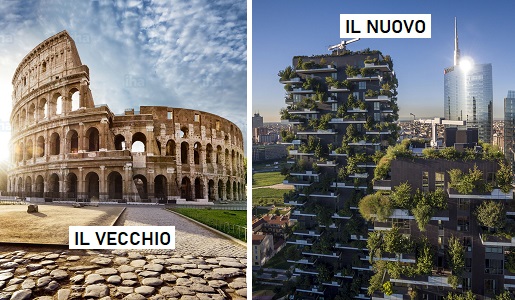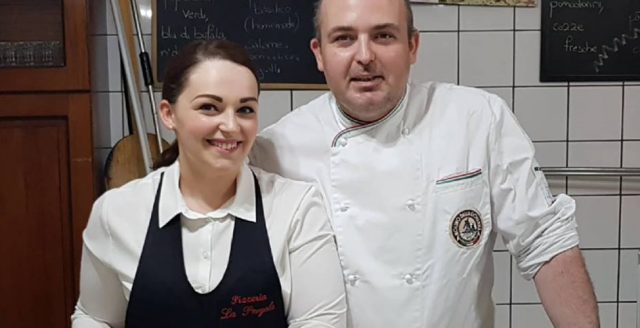The old and new

We need to reject the idea that everything old has been surpassed and everything new is the only thing important.
As we put this past, complicated and terrible year behind us and welcome the new one, with its problems and hopes both on the horizon, I would like to make some observations that have to do with our beloved world of wine.
Following the publication of the wine guides and the many reports on vintage 2016 Brunello, criticism has surfaced on the part of a number of readers and many wine lovers who complained that the various rankings always had the “same old names” and there was “nothing new”. This appeared to imply that what is old, already known and repeated is “bad”, while what is new, still little known, is more interesting and reflect the product advances on the field. From a journalistic point of view this may seem to be true, considering that news must always be new, “breaking” and not “re-hashed”.
However, “old” does not mean “surpassed”, “boring” nor “useless”. The category of “old” includes classic music, art, literature and even wine. There also exists ”tradition”, which means bringing what was good in the past into the present and future. I am not saying that all this is always good or necessarily preferable, only that old cannot be only seen as something negative.
I sometimes get a lot of slack because of this. Sharp criticism of wines that have contributed to creating the history of Italian wine, from Sassicaia to San Leonardo, from Gaja’s Barbaresco to some Barolo that in their time were “innovative” and that still receive praise from critics only because, according to my critics, they are famous or just because their name conditions tastes. This while a new producer, who perhaps has hit the bullseye with a vintage, perhaps in a region that is less mainstream, is what is new and should be celebrated.
I have discovered new lead players many times during my decades-long career. Many years ago, when I was still in charge of the guide of Gambero Rosso and Slow Food (it’s been almost 10 years since I left), we discovered wineries like those of Elio Altare, Paolo De Marchi, Marco Caprai, Peter Pliger, Sabino Loffredo, Elena Fucci and Gianfranco Fino, just to name a few, all of whom were just really beginning. Well, back then we were subject to harsh criticisms because we had, according to many, ignored the role of the “historic” producers. Those cited above later became famous the world over and were no longer considered “new” and now we get slack from those who accuse us of always giving awards to the “usual suspects”. It’s the same old story, you just can’t win.
We at DoctorWine continue to seek out new talents. I would not say that wineries like Macondo or Bulichella are exactly that well-known yet they received very high points in our Essential Guide. And there are many more, from Abraham to Weger in Alto Adige, from Soddu to Esu in Sardinia, and Cianciulli to Fiorentino in Campania. These wineries and winemakers are establishing themselves in an impressive way, offering territorial and reliable wines at reasonable prices. Being “new” is also all this and it is not enough to have a one-off wonder to be recommended to our readers and wine lovers.
At the same time, many “classic” or “old” estates remain reference points because they continue to consistently produce fantastic wines, those that you love not just because of their famous or iconic name but because they are really good. And those who appreciate them – many people around the world – are not just dupes.

 Italiano
Italiano








